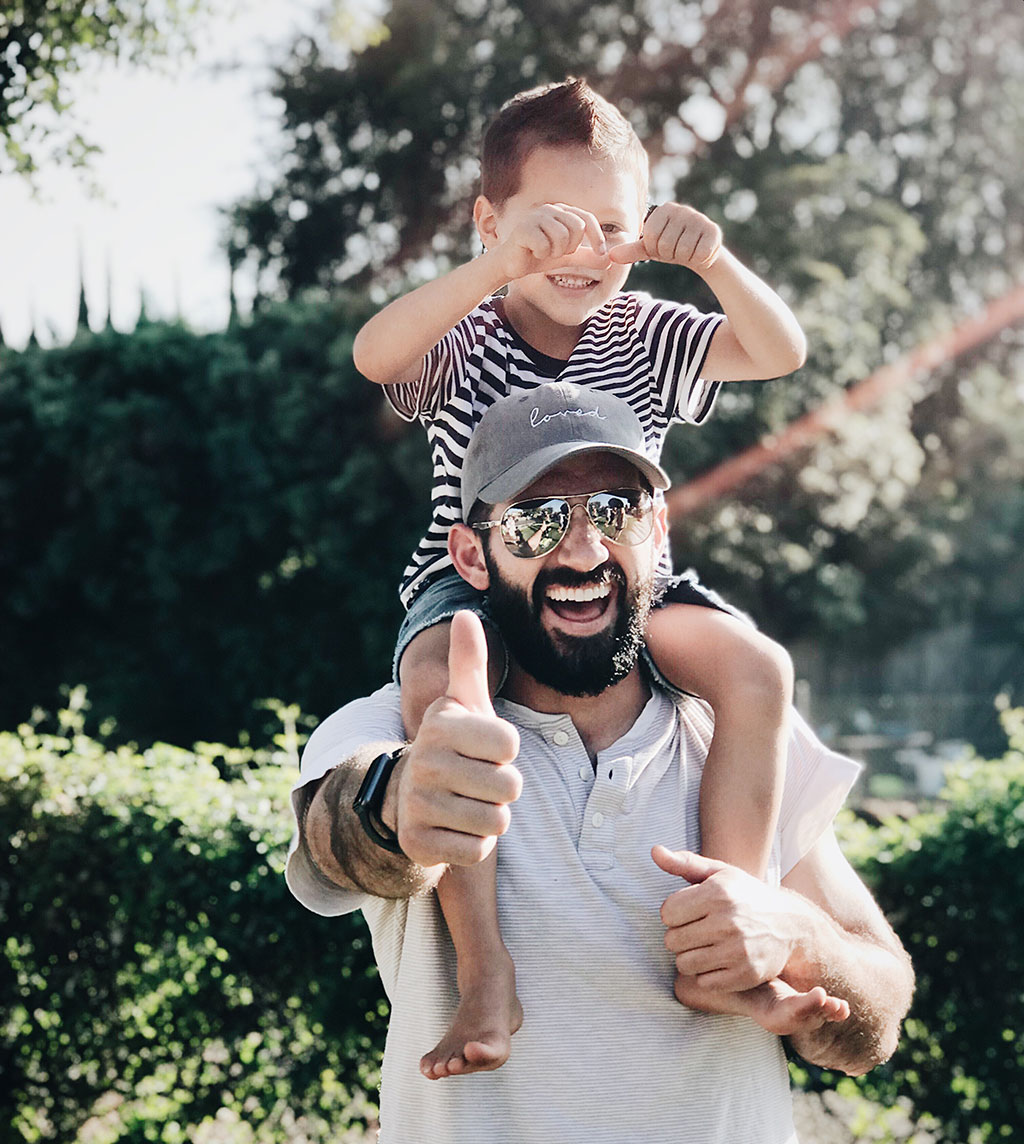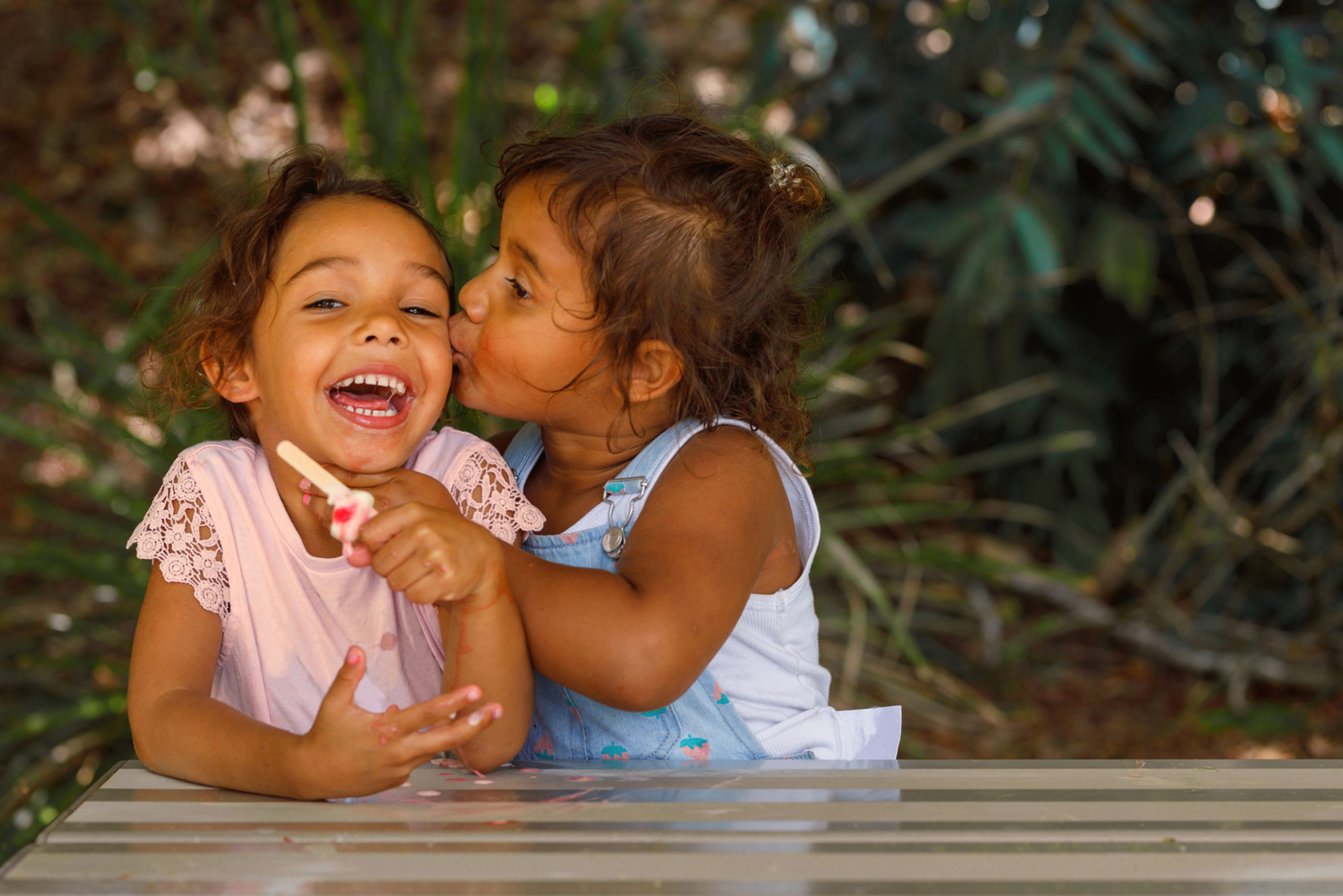The importance of Cultural Home Awareness for carers
It's important to ensure that First Nations Children in out-of-home care maintain contact with their families and cultural community to contribute to identity formation and lifelong support.
The Aboriginal Child Placement Principle
The central principle underpinning child welfare placements for Indigenous Australian children and families is the recognition of the Aboriginal Child Placement Principle (Lock, 1997). Adopted in legislation in some form in all states and territories, the placement principle outlines the preferred order of placement for an Aboriginal and Torres Strait Islander child who has been removed from their birth family. The order of preference is that an Indigenous child removed from his or her family be placed with:
1.the child’s extended family
2.the child’s Indigenous community
3.other First Nations People
4.non-Indigenous families.
Under the requirements of the United Nations Convention on the Rights of the Child (United Nations, 1989, Article 30), “a child … who is Indigenous shall not be denied the right, in community with other members of his or her group, to enjoy his or her own culture, to profess and practise his or her own religion, or to use his or her own language.” This specific stipulation contributes to the realisation of other rights relating to identity formation and the promotion of the child’s social, spiritual, and moral well-being, and physical and mental health. Regrettably, in out-of-home care in Australia, these aspirations are not always met.
The Cultural Home Awareness form
Anglicare Southern Queensland's Eight Mile Plains office has designed a Cultural Home Awareness form, which is only three pages. Carers complete this form with an Anglicare Cultural Support Worker. This process will encourage carers to purchase or acquire cultural items which identifies a young person in care to their First Nations heritage. It also encourages the carer and the young person to engage with their First Nations Community through activities that support their cultural identity.
These include things like:
• participating in Community Events
• attending an Aboriginal and Torres Strait Islander Medical Centre for a health check
• getting to know the local Aboriginal and Torres Strait Islander community
• contacting local Aboriginal and Torres Strait Islander community organisations
• signing up to receive community emails
• having a conversation with the young person
• identifying Aboriginal and Torres Strait Islander Elders
• becoming involved or volunteer
• visiting the Yugambeh Museum
• acquiring a Map of Aboriginal Australia
• knowing the Traditional Country you live on
• adding local community events to the national Aboriginal and Torres Strait Islander cultural calendar received from their Cultural Support Worker
• understanding the difference between Acknowledgement to Country and Welcome to Country.
Carers and young people can also join their local library, or visit the State Library to look for resources and online Aboriginal and Torres Strait Islander stories and to be informed on local Aboriginal and Torres Strait Islander events and activities.
All First Nations People are Traditional Owners
NOT
All First Nations People know their Traditional Country.

